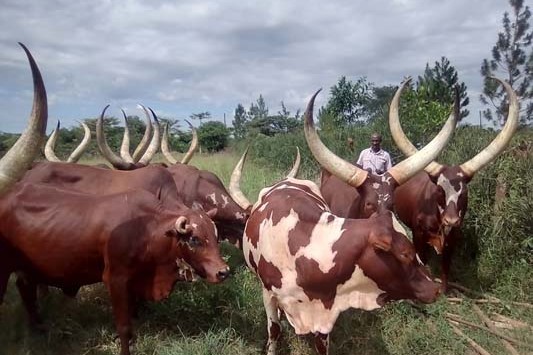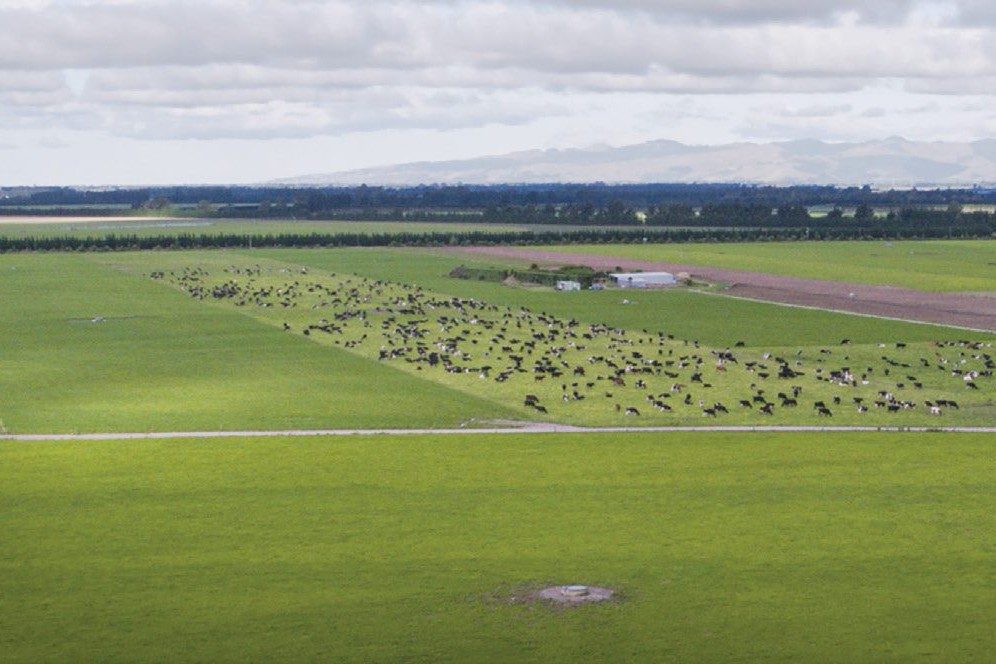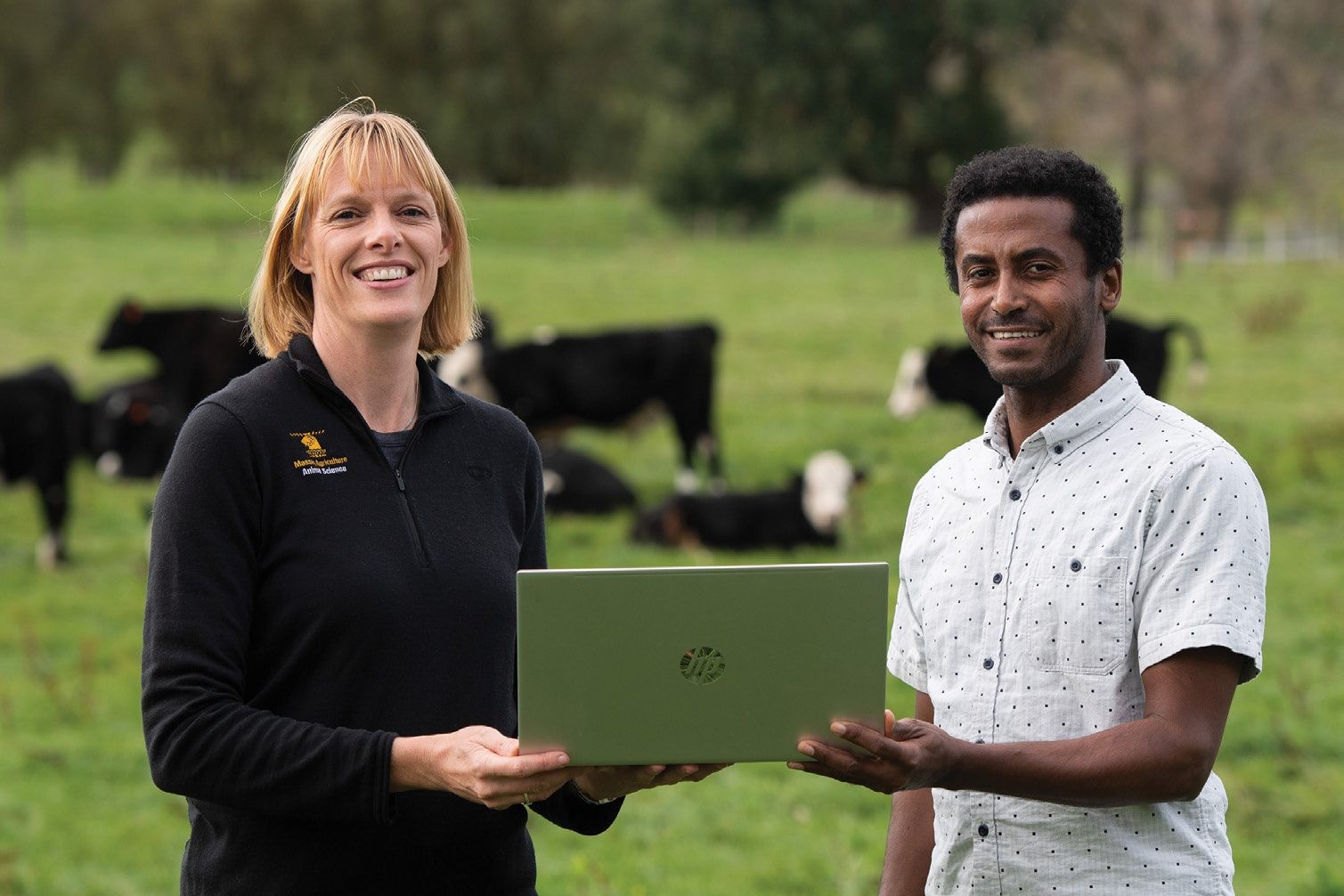By Anne Lee
The unknowns in the detail of He Waka Eke Noa options are raising red flags for some farmers including Federated Farmers president Andrew Hoggard.
“I’m hearing a lot of mixed messages from farmers at the moment – there are those who say yes we have to do something otherwise we’ll go into the ETS and they’re favouring option one because it recognises individual farm efforts.
“Then there are those in the camp of ‘get stuffed – let’s go and pitch a tent at parliament’ but then there’s a whole range of views in between.”
One of the biggest concerns has been the lack of detail on how the price of emissions would be set under option one.
The suggestion is it would be up to an implementation board.
“Who sets any price by committee? Who’s going to be on this board? What will their criteria be? Can the price be responsive enough?
“There are just so many questions there.
“I’m more of a fan of a market mechanism for setting a price than a committee but a lot of work has to go into that to make sure you’re not having unintended consequences.
“And that’s what I’d like to see a lot more work on – what will the effects be on how we run our farming systems, on our regional economies, jobs at our processing facilities, our exports, currency?”
Under both options the money available for sequestration payments to farmers and research into technologies to reduce onfarm emissions comes from taxing farmers in the first place, he says.
Farmers are looking at some of the costs being put up in the current round of feedback meetings and seeing big numbers in terms of their annual payments (more than $55,000/year for an 800-cow Canterbury farm example).
“The numbers being talked about here are very significant.
For example, the processor level, hybrid level could cost farmers up to 16c/kg milksolids (MS) before any rebates from emissions reductions or sequestration – at $9 plus/kg MS that’s one thing but at a $4/kg MS payout it’s quite another.
“The backstop to He Waka Eke Noa is the ETS and we’re being told it doesn’t have recycling of money back into research and technology to reduce onfarm emissions, that it doesn’t have a split gas approach and it doesn’t recognise onfarm sequestration.
“But what if it did have those things?
“Farmers wouldn’t be the only ones funding the research and new technology development, we’d have a market approach to setting the price.
“If we could break methane out and have a cap and trade market for it running within the ETS we wouldn’t be dependent on a committee.”
“There has been talk from officials more recently about an ETS backstop putting money back into agricultural research and technology, looking at sequestration and I’m picking up smoke signals that there are even thoughts on how they could do a split gas approach.”
Federated Farmers had pushed for more time so a thorough job could be done on analysing consequences of all options and more detail could be developed on how the emissions pricing under He Waka Eke Noa would be set but the government is holding firm, he says.
“The consequences of this will be very far-reaching, rushing it now puts a lot at risk.”
He urged all farmers to get to grips with the proposals, ask questions and give their feedback.
A couple of questions from farmers
New Zealand farmers are already low emitters. Why are we being included in this?
Many customers who buy New Zealand’s primary products such as milk powder are working towards net zero carbon emissions and want to know what suppliers of those products are doing to cut their emissions.
New Zealand dairy is a low emitter but other countries are close behind. They may have the ability to adopt new feed emission reduction technologies more easily than us and could overtake us on that claim.
The costs of both options look high in the models and not far off the ETS costs so what’s the point?
After 2030 the modelling shows the costs under an ETS model taking off in a much steeper trajectory as the New Zealand carbon price is expected to rise significantly.
Under both He Waka options the price of emissions is managed rather than based on the market. Both options call for the price of long-lived gas emissions and methane emissions to be kept low and the expectation would be that as methane emissions declined towards the targeted reduction the price would drop too. So in the longer term both options would be cheaper than the expected cost through the ETS.
DairyNZ has collated and answered many of the frequently asked questions at the roadshows and online webinars. Click here to see more https://www.dairynz.co.nz/environment/climate-change/he-waka-eke-noa/he-waka-eke-noa-faqs





